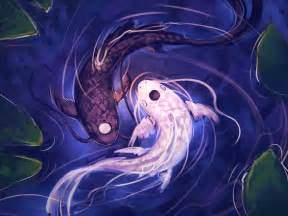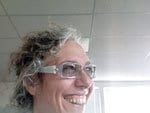By Maryanne Travaglione DAOM, LAc
How many of us stand in awe of this basic theoretical foundation that so simply defines the tenets that guide our understanding of our world, our interrelationships and our medicine? I find that each of my days offers great opportunity to renew my understanding of the 4 guiding principles of yin and yang. What I offer here is only my musings of present. My hope is that my musings ignite your awe, and you again reflect on the elegance of yin-yang theory.
The Four Guiding Principles
Principle 1: Opposition
A sentient body, and all its individual workings, can be classified (or divided) into two polar opposites we refer to as yin and yang. The whole can be divided but never separated. Death is that separation of yin and yang.
I stop and think—wow, now that’s bigger than I can ever truly understand.
Principle 2: Interdependence
Life relies on the opposite polarities staying in sustainable and continual inter-relationship. In TCM, we speak of interdependence of yin and yang as that which is required to maintain both yin humors (nourishment) and yang qi (transformation, movement and warmth). In biomedicine, interdependence is the theory behind the need for coordinated action of agonist and antagonist muscle that enables us to take a step forward.
I stop and reflect on the very physical manifestation I saw of this principal today while working on patients in the neurology unit of a local hospital. Yin and yang is one of the easiest concepts to integrate.
Principle 3: Counterbalance
Yin and yang are rooted in each other, and as one waxes its balance must wane. This counterbalance must be maintained within the whole as well as within each of its parts. If each part is balanced within itself, and it has proper yin yang relationship to its working peers, then the greater whole will have equilibrium. This equilibrium is life affirming.
This principal of counterbalance is a conversation I continually have with each of my patients as we explore the road toward health. It is always a tricky road to navigate.
Principle 4: Intertransformation
It only takes a moment for a blood vessel to constrict in response to a neural or chemical input. It takes longer, but we easily can see an acute illness manifest as a chronic condition. I always remember: it takes only a moment to change one’s mind.
If you think a career in holistic medicine is something you would like to pursue, contact us and speak to an admissions representative to get started on your new journey!
Featured Posts:

